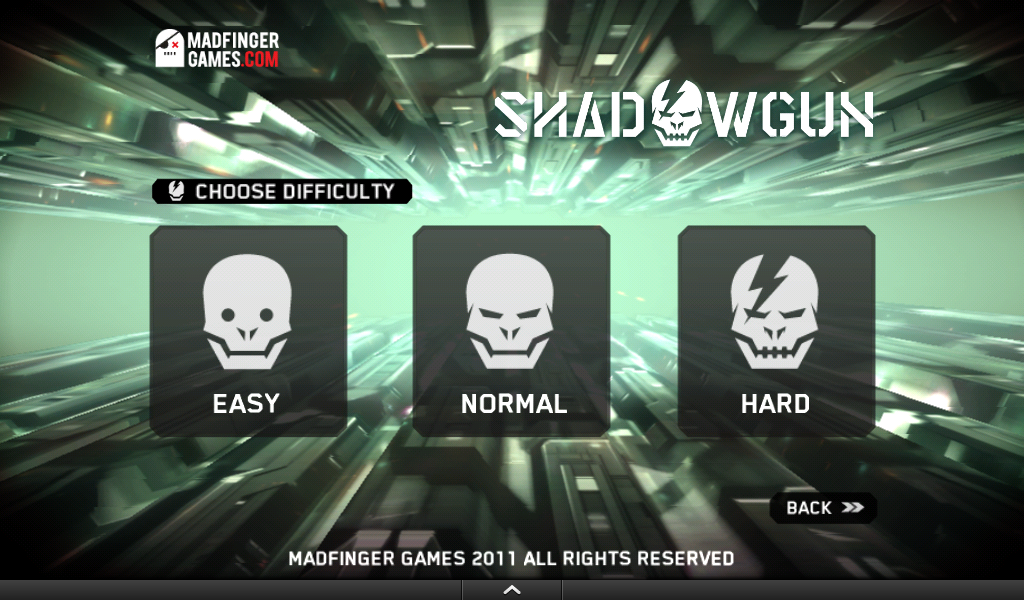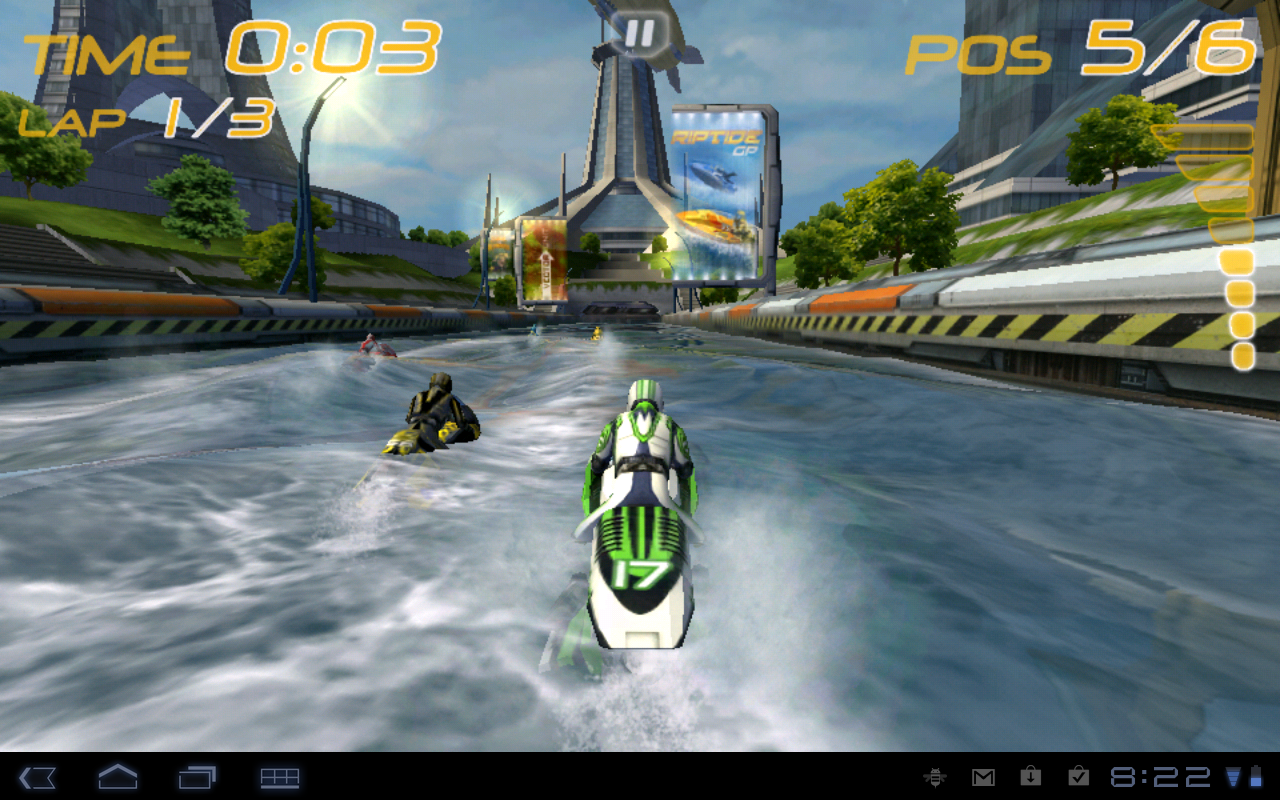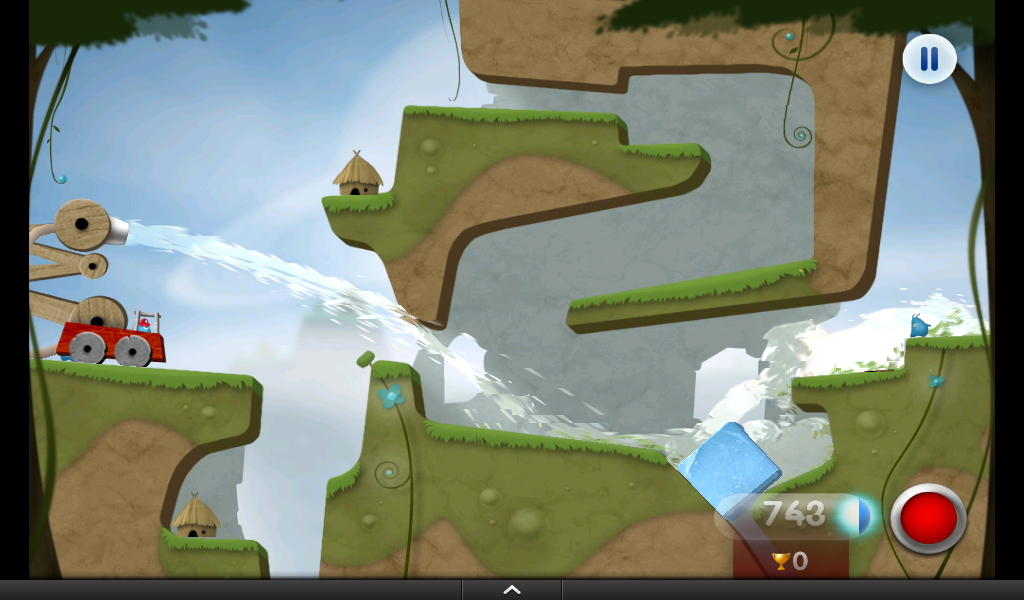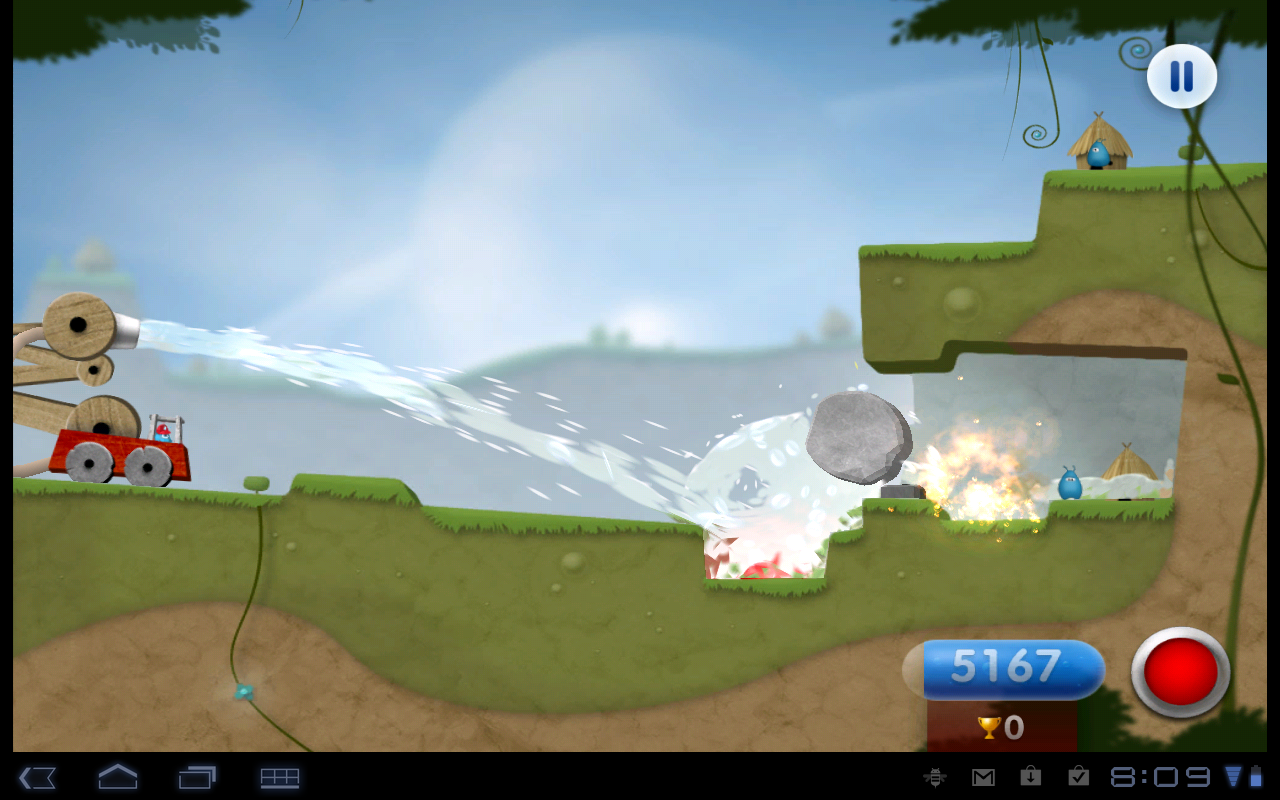The Amazon Kindle Fire: Benchmarked, Tested, And Reviewed
An Experiment: Gaming Performance, Tegra 2-Porting
No matter how Tegra 2 performs, Nvidia is to be commended for its effort in advocating game development on mobile hardware. And let's draw a distinction between the masses of graphically-unimpressive titles and the ones that do legitimately cool stuff with 3D.
Unfortunately, the games most likely to sport truly impressive graphics are often exclusive to Tegra 2-based devices. That's a real problem if you're on a different hardware platform. It's even worse for the Kindle Fire because Amazon's Appstore offers an even poorer selection of games.
There is a technical reason for this limitation, beyond Nvidia's habit of swinging its marketing around like a baseball bat. Software developers writing for Tegra 2 often use Nvidia's proprietary 3D libraries. As such their games just won't work on Android-based devices powered by TI or Qualcomm SoCs.
As an experiment though, I extracted the APKs for Riptide GP, Sprinkle, and Shadowgun from our Motorola Xoom and installed them on the Kindle Fire. Note that Riptide and Sprinkle started as Tegra 2-exclusive games on Android, but were eventually ported to iOS.
Unfortunately, Shadogun crashes immediately after we select game difficulty.
Riptide is playable without any problems, but screen shots always end up with artifacts.
We haven't featured Sprinkle in any of our hardware reviews, but it's similar to Angry Birds. The difference is that you use a water cannon to put out fires that threaten villagers. While the concept sounds cheesy, the water effects are downright impressive, making the game more enjoyable. On the Kindle Fire, we still get tearing effects in screen shots.
Get Tom's Hardware's best news and in-depth reviews, straight to your inbox.
Game play is smooth, but as you can see in the video below, water effects are incorrectly rendered. Instead of one continuous stream, we get a lot of individual bubbles.
The mobile game compatibility landscape looks a lot like the desktop scene did 15 years ago, when titles were more inherently tied to a compatible 3D accelerator. Things won't really change, though, until game developers and SoC vendors all agree to abide by a common gaming framework and driver architecture.
If you're planning to root and install games on your Fire, make note of our experience with these three titles. Some will work. Some won't. And others simply don't look quite right.
Current page: An Experiment: Gaming Performance, Tegra 2-Porting
Prev Page TI's OMAP 4430: CPU And GPU Performance Next Page Storage Performance: Slightly Faster Than USB 1.0?!-
JeTJL Should of done other comparisons with Tablets around the Kindles Price range like the Coby Kyros. I personally don't have either the Kyros or the Kindle Fire. But recently My sister bought it and she is thoroughly enjoying it. I received a Ipad2 though because of the Academy at my School that I belong to and I'm quite pleased with it, even though I'm a big android fan.Reply -
acku Reply9523250 said:How do I win a Radeon 6990?
Ummm.... what? :heink: This is a Kindle Fire review.....
Cheers,
Andrew Ku
TomsHardware.com -
Goldengoose ackuUmmm.... what? This is a Kindle Fire review.....Cheers,Andrew KuTomsHardware.comJust give him the 6990, the poor fellow just wants to play BF3.Reply -
amk-aka-Phantom ackuUmmm.... what? This is a Kindle Fire review.....Cheers,Andrew KuTomsHardware.comReply
Ever heard of bots? There're tons of those on Tom's nowadays.
GoldengooseJust give him the 6990, the poor fellow just wants to play BF3.
A GPU of a 560 Ti level maxes it out @ 1080p, no need for a 6990.
Back to topic...
Notably, it's missing a slew of features, including a GPS, front- and rear-facing cameras, and a microphone.
ROFL, and who needs a tablet without all that? That's right, Amazon fanboys. That company is an utter POS that is not unlike Apple, designing underpowered useless products and delivering them as "innovative". The only "innovative" thing here is a complete dependency on the company's online services... oops, nevermind, Apple did it first :kaola: -
donovands The iPad took a part of the market away from the PC, in the sense that there are folks out there who don't need the full functionality of a PC and the media consumption tablet gave them a device more suited for their needs. The same thing is happening here, if not as dramatically. The Fire may not have all the functionality of an iPad, but there's a lot of folks out there that will get the Fire *instead* of the iPad because it provides all the functionality they need. It isn't an iPad killer. But it *is* going to hurt iPad sales.Reply -
SneakySnake I think it's hilarious how the best selling droid tab this year is completely closed off, limited, and controlled. Sounds familiar doesn't it :PReply
And do not say "ya, but you can root it!!!". That's nice, people can jailbreak their iPads. You cannot include rooting and jailbreaking when you talk about something being open -
acku __-_-_-__"That rules out video conferencing using Skype or mapping out directions to the bar across town."There are some new devices called WEBCAM and bluetooth or usb GPS that would enable that. you might want to check this huge innovation. -.-Reply
The Fire doesn't have either of those things. Not going to work. You should check out the specs of the Fire first. -
BlackHawk91 Actually this tablet surprised me, I didn't expect that much from the kindle fire.Reply






